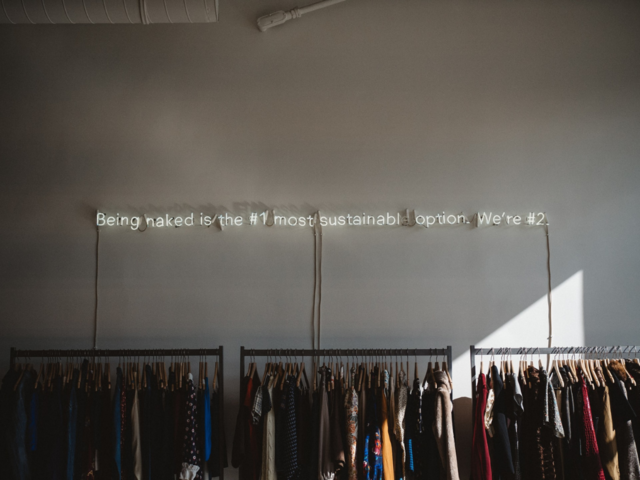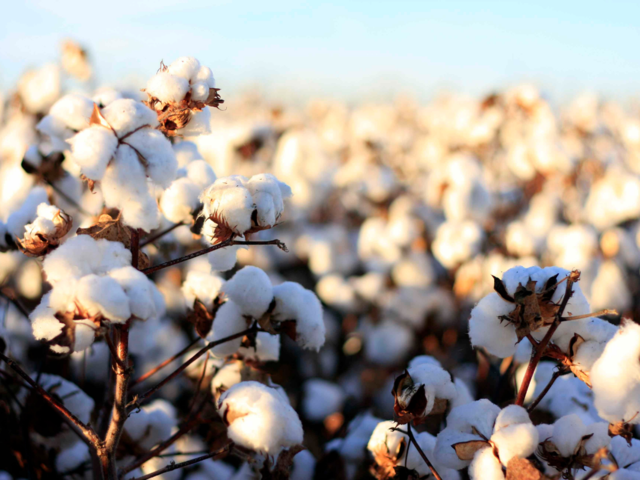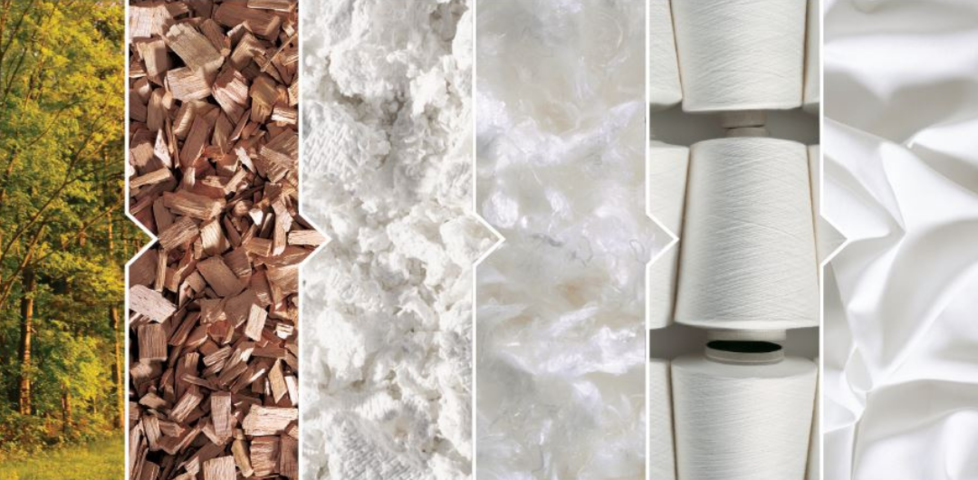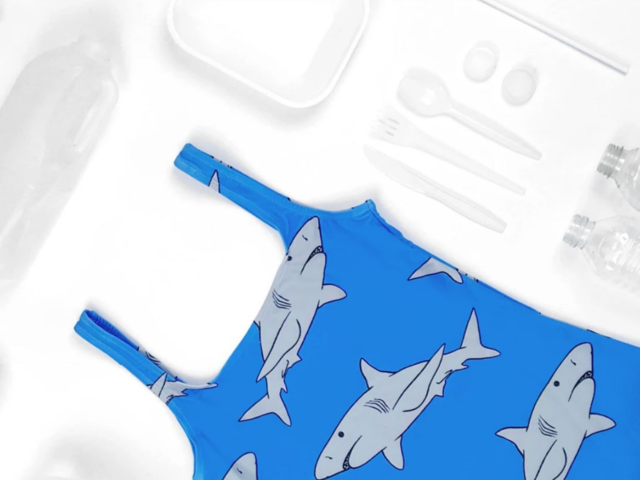Over the last few years, the fashion industry has come under fire for the way it manufactures its clothes. Due to the negative impact, the industry is having on the environment, there have been calls for fashion to become more sustainable.
There are many layers to sustainability, but put simply sustainable fashion means garments that are manufactured in an environmentally friendly way. And whilst we’ve seen a recent emergence in sustainable brands and leading retailers taking progressive steps towards changing the way they produce their clothes, there is still a lot to be done to make fashion more sustainable.

Image source: Unsplash.
Sustainable fashion is referred to as ‘slow fashion’ and usually comes with a higher price tag. With the affordability of these brands an issue, consumers often turn to cheaper fast fashion brands to buy their clothes. The fast-fashion model is having a devastating impact on the environment because it needs to mass-produce millions of garments each year as cheaply as possible in the shortest time frames. The desire for disposable, on-trend fashion amongst its customers has risen dramatically over the last decade which means there is an increase in demand for cheaply made fabrics, which are usually man-made and the most harmful to the environment. So despite the efforts of brands such as Mango and H&M and luxury labels like Stella McCartney, there are still clearly some areas of the industry causing more harm than others.
There are many ways brands can become more sustainable. Below you can find a few of sustainable alternatives to fashion.
Use responsibly sourced cotton
Although cotton is a natural fibre and biodegradable, the way in which it’s grown is the problem. It takes 2,700 litres of water to produce enough cotton to make a single t-shirt and farmers use various chemicals to help it grow, which can damage the earth and seep into waterways. Thanks to sustainable cotton initiatives, many brands are making positive steps towards sustainability by using responsibly grown cotton to make their garments.

Image source: ethically sustained.
Use alternative, eco-friendly textiles
Man-made fabrics such as polyester and nylon are made using fossil fuels and are non-biodegradable. They usually end up in landfill and although they may eventually decompose, it could take anything between 20 and 200 years. Along with organic cotton, biodegradable and responsibly grown fabrics such as linen, soy and Tencel are being used as alternatives and are considered to be much more eco friendly.

Image source: Pinterest.
The material for TENCEL™ comes from the eucalyptus tree, which requires no harmful pesticides or insecticides to grow. Eucalyptus trees also require significantly less land, when compared to something like cotton to make a similar amount of fabric. Additionally, the process of actually manufacturing the TENCEL™ yarn is fueled with 100% renewable energy and uses 80% less water.
Recycle consumer waste to make clothes
Believe it or not, plastic waste can be made into clothes! There are a number of environmentally conscious brands out there doing just that, including Batoko who make their swimwear from plastic bottles. The plastic is cleaned, melted and spun into yarn to make garments. With an estimated 8 million metric tonnes of plastic being dumped into the ocean each year these forward-thinking small brands are leading the way when it comes to making fashion more sustainable.

Image source: Batoko.
"We believe that upcycling and recycling waste into products and tools that are useful, valuable and reusable could play a huge part in the clean-up and overall reduction of waste pollution going forward. Recycling may not save the planet, but when done in a considered way, it is one of many solutions we can utilise." - Batoko.
If you would like to look at sustainability and what steps can be taken to lessen the pollution of the fashion cycle or to create innovative and experimental sustainable clothing, have a look at our Fashion Design courses.
References:
1. https://apparelcoalition.org/
